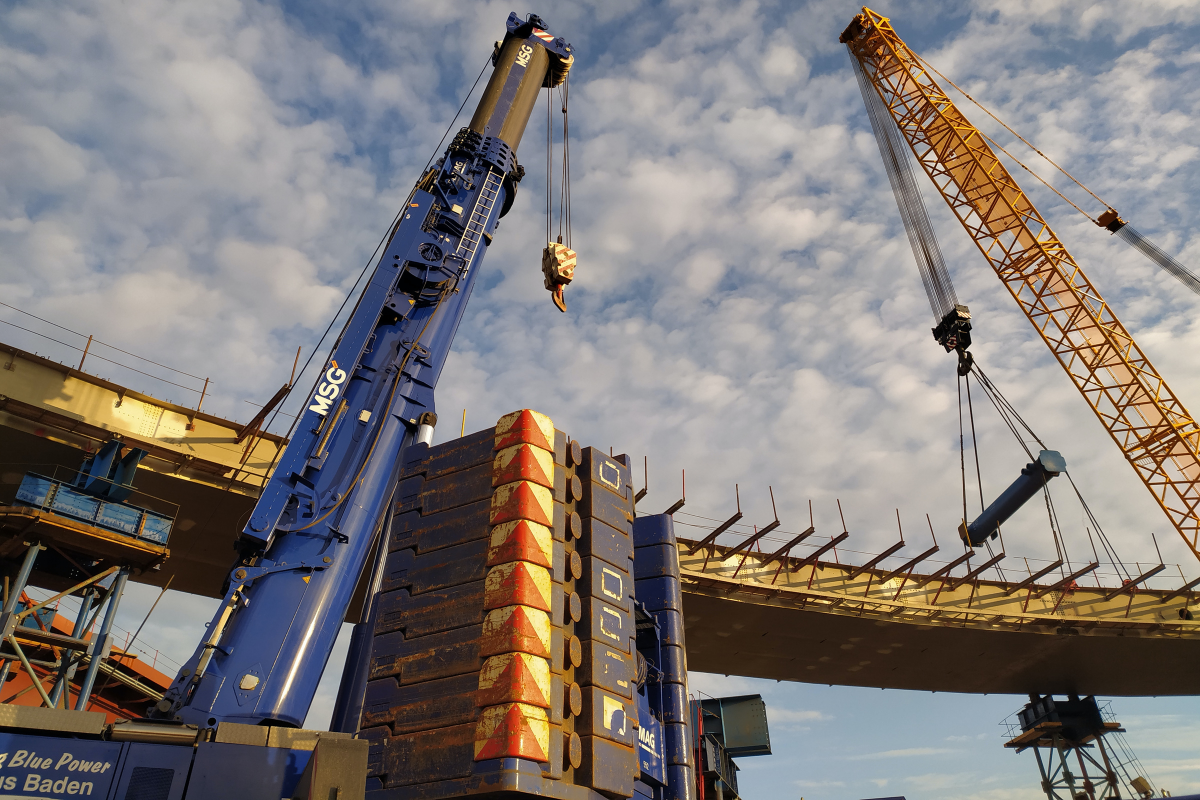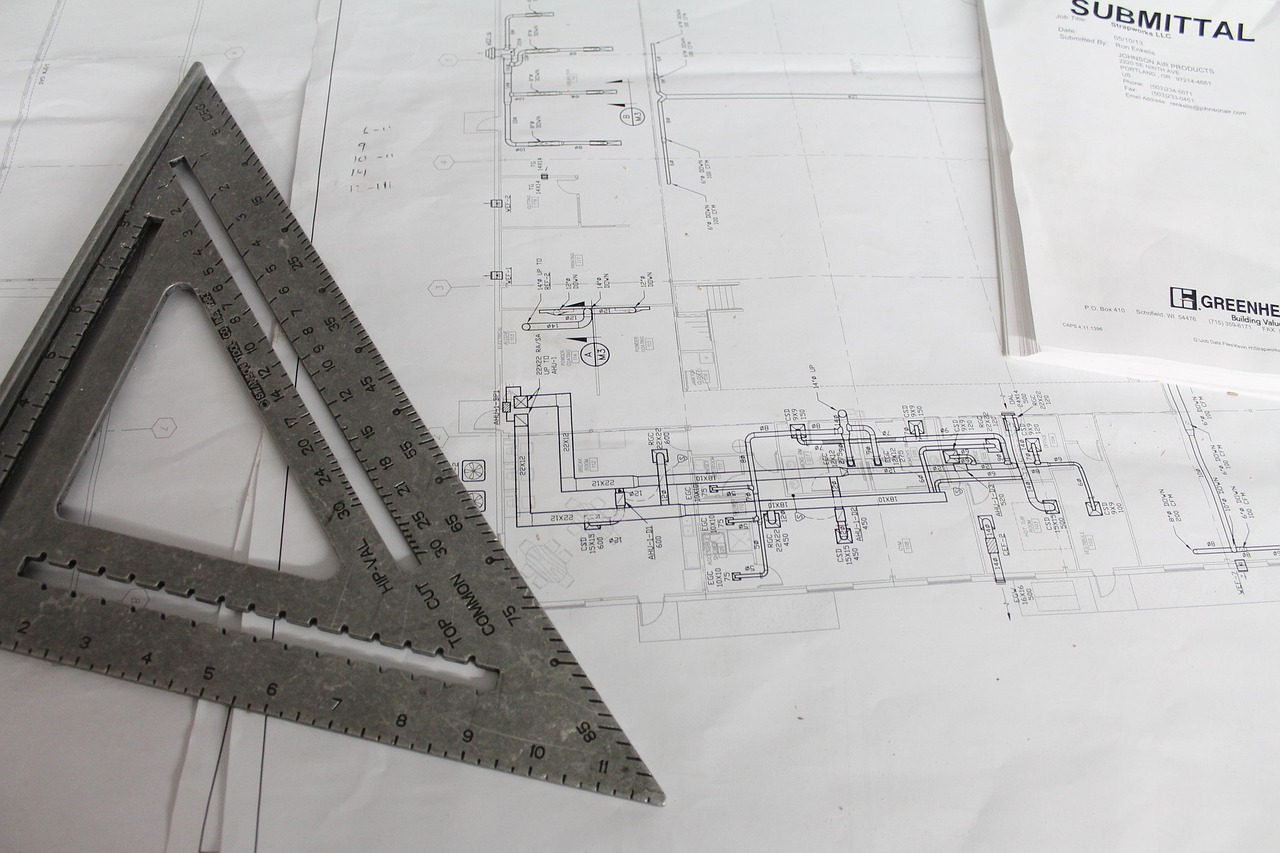When it comes to the construction industry, massive volumes of data are generated for each building project. In the past, many of these data sets were siloed and unorganised. Many of these records are traditionally collected manually and stored conventionally until a project is completed. In recent years, we have seen a shift away from this method.
As a result of the pandemic, the construction industry is quickly adopting digital technologies that are reshaping the way construction projects are managed, fostering greater opportunities for teamwork and productivity, and ultimately increasing stakeholders’ bottom lines. Data analytics and the applications of digitisation in construction make this possible.
All previous phases of building have been revolutionised by the widespread usage of digital data. In order to speed up project execution and improve communication amongst all stakeholders—from contractors to architects to workers on-site—advanced businesses are collecting, analysing, and applying massive amounts of digital information.
The influx of data-driven contractors:
With slim profit margins, more stringent project requirements, and increased competition,many contractors are attempting to shed their chef’s hat in favour of an apron. This necessitates utilising real-time data to gain a deeper understanding of both current and future construction projects, as well as to develop true operational intelligence and improve the ability to predict future work. A new wave of these data-enabled contractors is at the forefront of the construction industry’s digital transformation.
Many contractors rely on spreadsheets, folders spread across data sharing platforms, hard drives, analogue alternatives such as whiteboards, or even paper to store their data. When information is dispersed in this manner, duplicate data entry, slow turnaround time, data-hunting, repetitive RFIs, poorly catalogued project information and mistakes are inevitable, resulting in extra effort throughout the business.
However, proper workforce planning gives safe and secure alternatives for data storage and utilisation. With this amount of data available, there is a single source of information that gives a means to keep informed, across the board, and to simply convey updates to individuals or groups.
If you’re wondering how to drive profits via data-driven decision making, here are key facets that enable a data-driven contractor:
A commitment to technology throughout the organization:
To become a contemporary, data-driven contractor, your company must use cutting-edge technologies. This commitment begins at the top and employs technology champions inside your business to facilitate gradual process changes directly with end users.
A tech-committed contractor follows the newest technological trends and conducts study to determine how they might best benefit the firm. Involvement is essential, including asking and listening to end users’ needs and aspirations and demonstrating how modern technologies can have a positive impact firsthand.
Construction data, powered through software:
In-house software development for the construction workforce is an option explored by several companies. But inevitabilities emerge that make upkeep more trouble than it’s worth. If construction workers must rely on inaccurate digital data, they might as well use a whiteboard.
Effective construction scheduling and preparation requires a comprehensive, simplified procedure.
Contractors who are able to leverage in-house data through software can immediately access key points that can help improve internal processes. This way, key decisions can be made faster by eliminating human errors in transferring or interpreting important key data points.
Better accessibility:
If information isn’t easily available, it doesn’t matter how good it is. The fact that any interested party, regardless of location, can quickly and readily access the relevant data is a key component of data-driven design and construction.
Beyond simple access, it’s critical to design a system that makes data clear and straightforward. In many organisations, this could involve training workers to better understand and use data. Offering training until the new data method gets firmly integrated in the culture of a corporation is one approach, as is providing frequent and cutting-edge ongoing education.
While BIM has existed since the 1960s, many businesses have been sluggish to adopt it. However, the scope of this technology is enormous.
The goal of building information modelling (BIM) is to take all of a project’s data and use it to generate a dynamic, time-dependent 3D model of all of the necessary substructures and processes for the whole build.
Research from the National Building Specification (NBS) found that 78% of construction firms consider BIM to be the wave of the future in terms of project data. Contractors who can leverage its full potential can benefit majorly.
While the vast majority of construction giants have adopted BIM to some degree, few use it to its maximum capabilities. That’s not the way to go about it, especially given the evidence that shows how BIM can streamline processes, cut costs, and shorten completion times.
Keeps things simple:
Good data allows one to have everything in one place with the help of powerful dashboards
Data-driven decision making tools help contractors quickly summarise key takeaways so that decision-makers can get the facts they need. This makes it possible to adapt systems to the specific needs of individual businesses through a variety of standardisation and customisation choices.
To conclude:
Last but not least, data has significant importance to businesses. Building firms and contractors are only now scratching the surface of what may be learned through comprehensive data analyses. Adopting a holistic digital strategy with the appropriate framework, tools, and processes puts you ahead of the curve, but there is still potential for improvement.
The bright side of modern building is that more and more project teams are coming to terms with the benefits of technology. There are many chances to get ahead, but you need to seize them quickly or risk falling behind. The time to make the switch and move on without hesitation is now.




